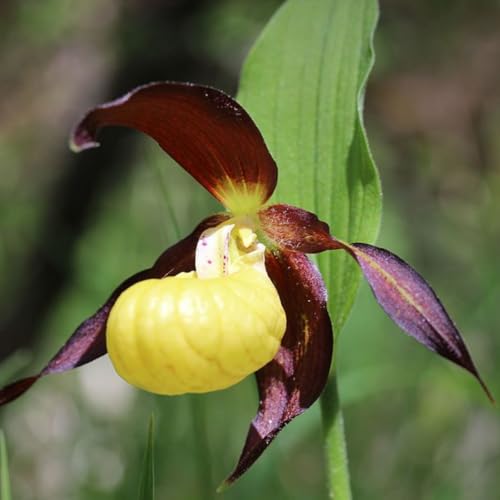It popped into my head that you mentioned mortality in your previous post. I study survival for a living (or I did, now I teach anatomy & physiology). If you have number feel free to share.
That's funny. As an aquatic toxicologist that's all I do for a living too, and spend half of every day plugging mortality data into stat programs for analysis.:wink:
After almost 20 years I can eyeball most data without having to plug it into a stat package.
I could go back through 10 years of seedling records for flasks recieved from TM, and compare to some "remembrance" of final disposition. I could see that getting picked apart for species/lot date/parentage/losses spread out over more than 3 years....
Individual case histories (such as these lowii) will be easier.
I've had complete losses (over years) of the exact same selfing that is presently pushing blooming size with no losses (about 50 seedlings pre and post). Thats almost obvious without using stats.:wink:
Several cases straddle low K.
A flask of primulinum frittered away over 5 years till 3 survivors making it low K and then turning into blooming plants in the next year.
I purchased 2 flasks of wilhelmnea, went from about 50 to 15 plants over a couple years, but stopped the bleeding with low K and got 2 plants to blooming, and another 10 or so actually growing. I gave one to SlipperKing who says it's moving right along too.
Mastersianum got 10 to start and just sat there for the first year but turning on with low K and bloomed in less than 3 years out of flask.
2 henryanum flasks (all unrelated). Have 1 left from 1 (96% loss) but after almost dieing should bloom this fall, another flask got down to 4 plants (some given away) probably 75% + mortality loss with survivors not growing. Then having those last few turn into multigrowth bloomers in the last 2 years.
A third henry flask from a cross I did with Jason Fisher recieved after K lite (that's about 6-8 months after I started low K), are all still alive (0 mortality), and even had 1 bloom. Most are still crammed in the compot

oke:













































